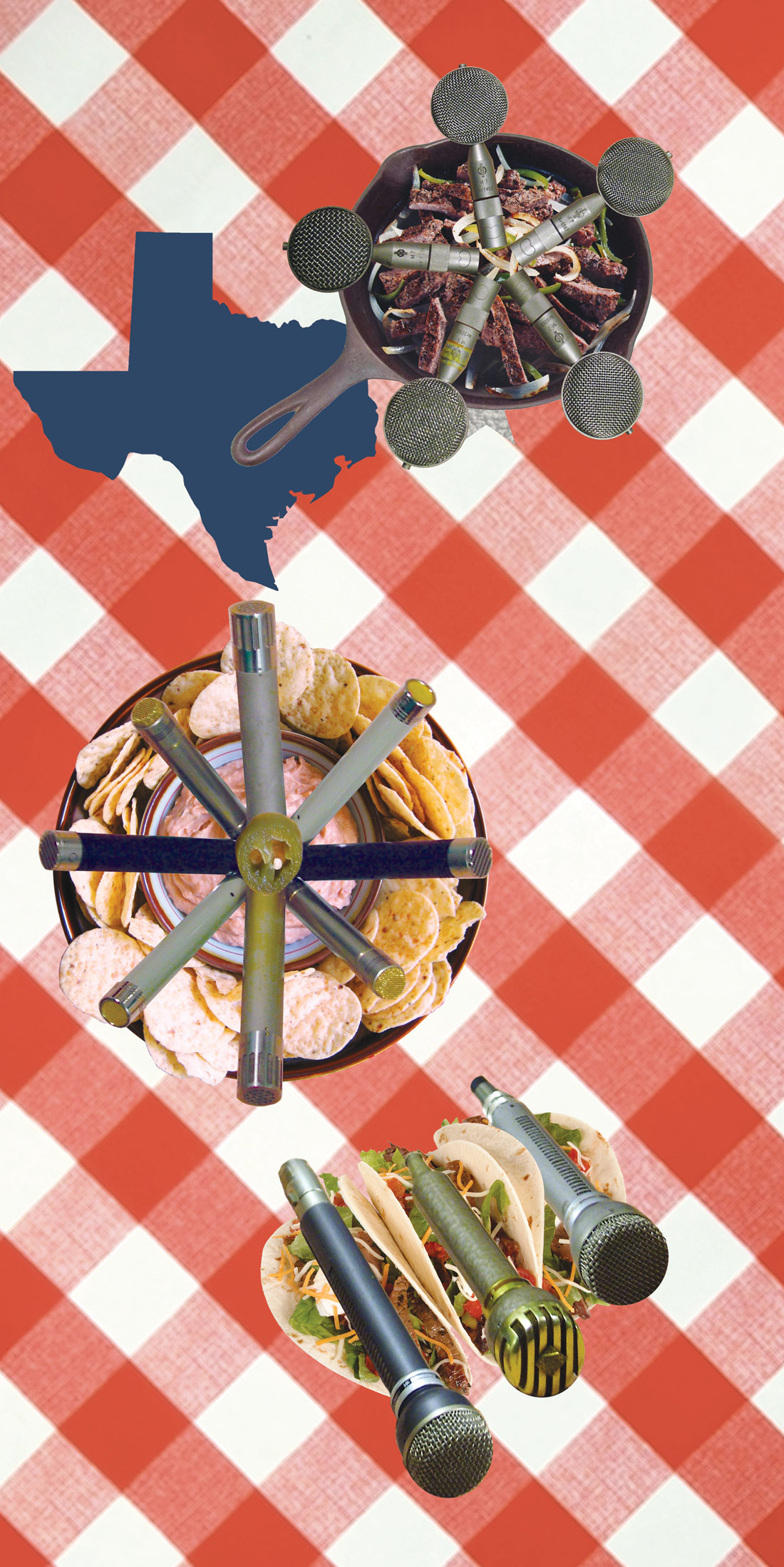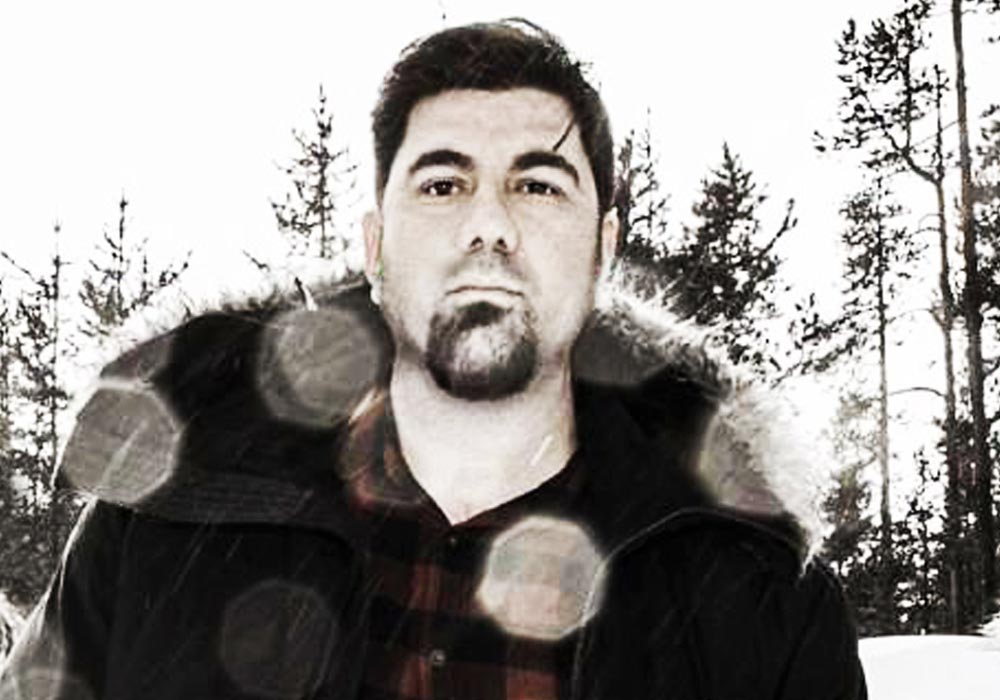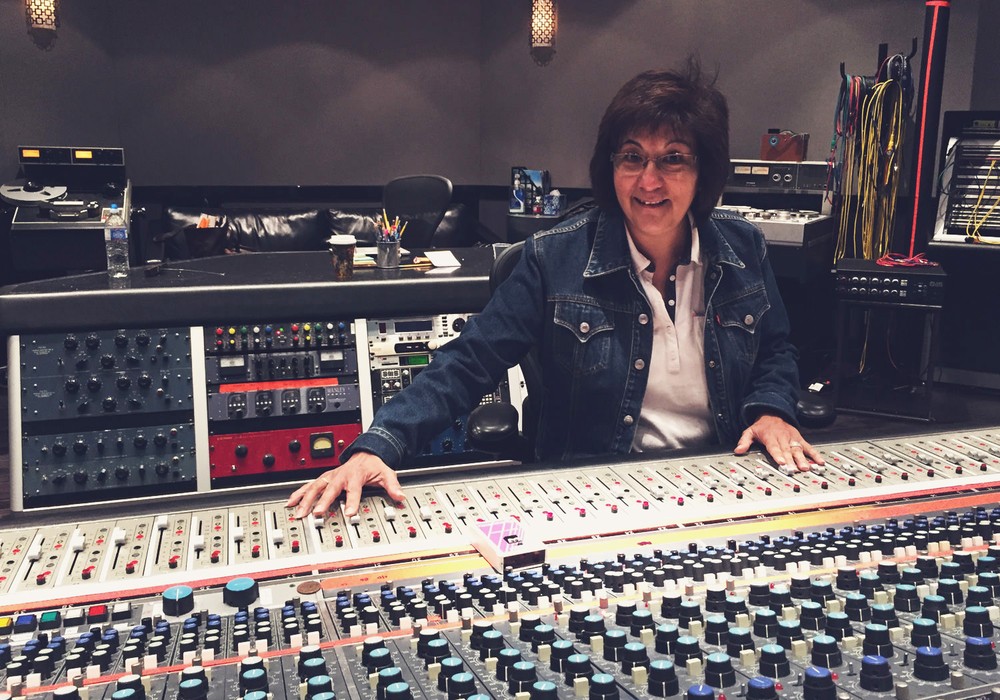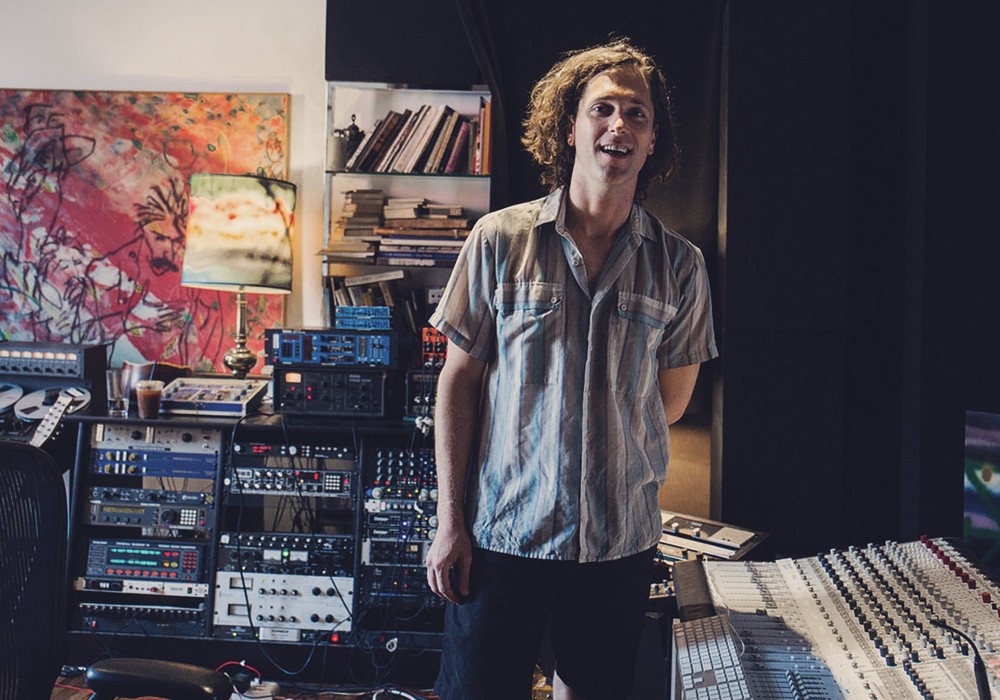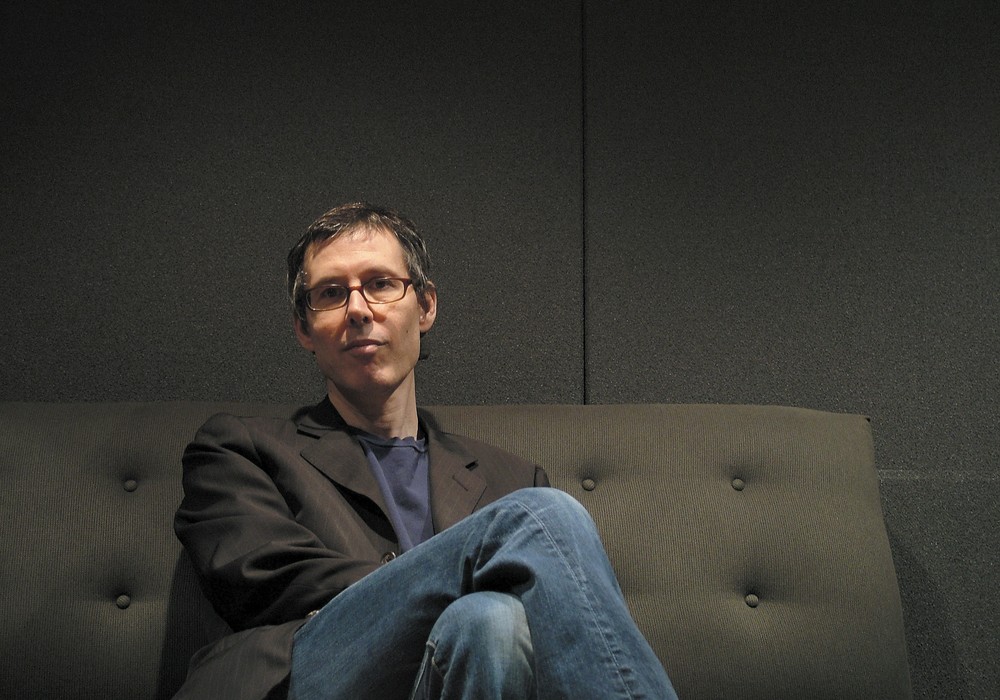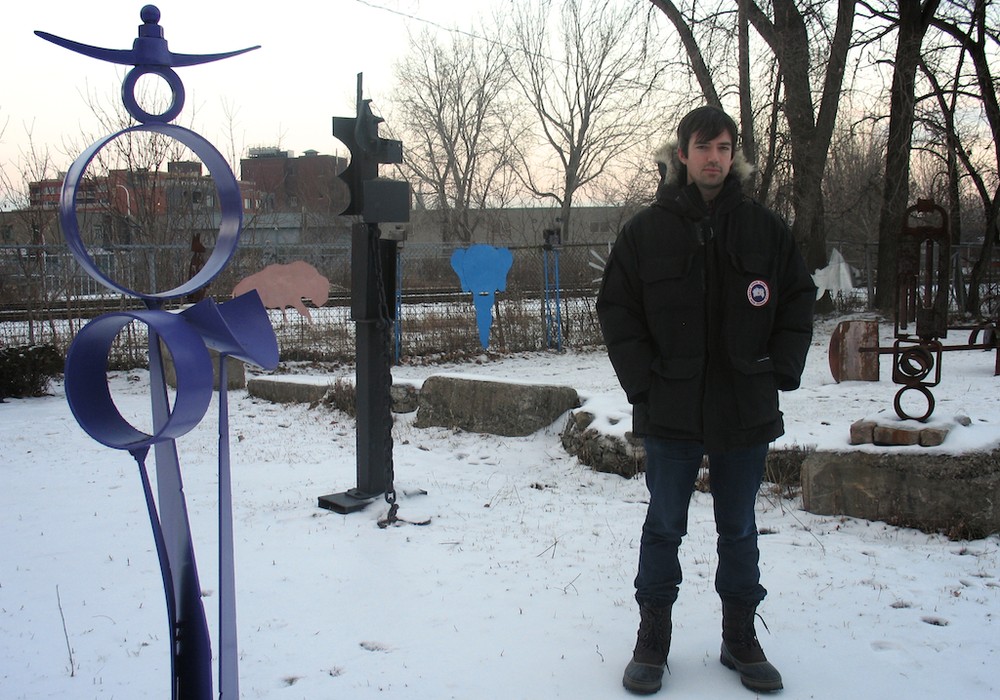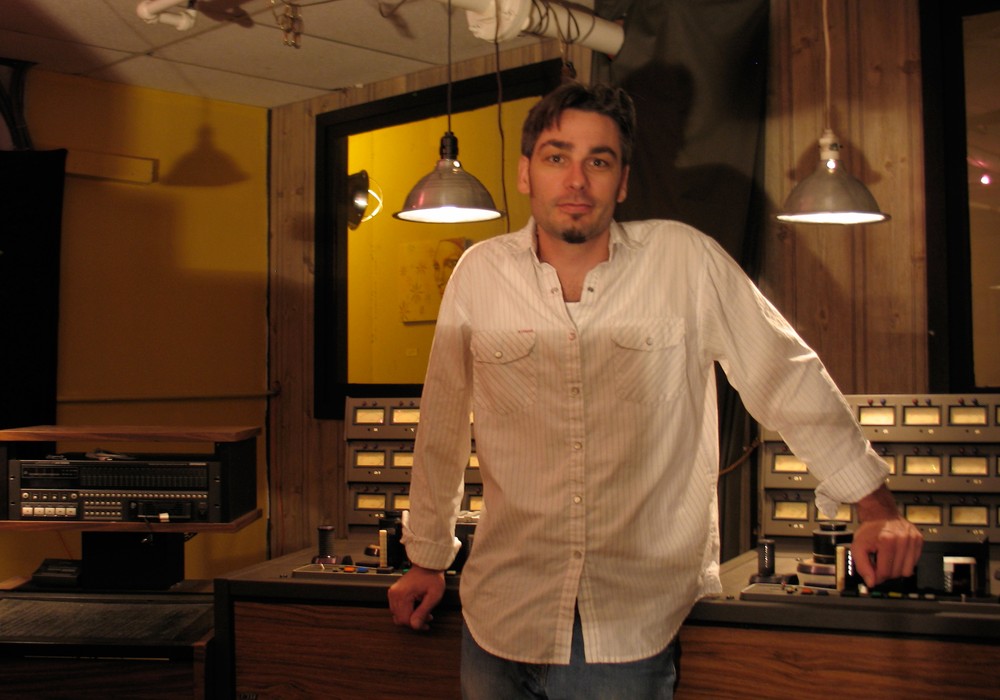Audio engineer David Hough has been with Austin City Limits since the first pilot episode in 1974. Over the course of nearly 40 years, Austin City Limits has presented quality television episodes of live music videos with excellent sound. Several years ago they moved from their longtime home at Studio 6A on the University of Texas campus to the new Moody Theater in downtown Austin. Given their relocation, I thought it'd be a good time to see how things worked behind the scenes. I'd long been a fan of the show; David and I spent an enjoyable afternoon visiting the new and old locations and chatting about the rigors and joy of recording and mixing these live performances.
What was the path that led you to Austin City Limits?
I went to UT [University of Texas] from '68 to '73. I was in the Electrical Engineering program. I was also the drummer in a UT jazz band. We were building our own gear and I was always hanging out at the electronic music lab. I got to play around with Moog synthesizers. We were also building our own stomp boxes. This is when Electro-Harmonix was just getting started. We were playing around with germanium transistors and fuzz boxes. We built our own speaker boxes. Back then there wasn't anything of the sort at RadioShack.
You could buy the raw parts at RadioShack.
Yes. And then it came time to get a real job, so I started poking around recording studios. That's when I met Malcolm Harper with Reelsound Recording. He was just putting together his very first portable studio, so his console was waiting on the Airstream trailer he'd ordered. It was his console that we dragged up to do the pilot. It was B.W. [Buckwheat] Stevenson first and then two weeks later it was Willie Nelson. I was still trying to find a day gig and that's when I fell in with the PBS affiliate — back then it was Channel 9, KLRN -there was an opening in the audio department. We were in a new facility in 1974 that'd been built on the UT campus [in Communications Building B]. The bilingual children's program was using the smaller recording studio and 6A was totally empty! That crew used to take their breaks and play volleyball [in there]. [laughter] Bill Arhos, our program director at KLRN, said, "Let's do something based on The Armadillo World Headquarters [music hall], send it to PBS and see what happens." We sent them a couple of pilots and PBS said, "Send us some more."
Did you set up a temporary control room for tracking?
It was a built control room, but there wasn't any equipment in it.
It was built for that TV studio?
Yeah, that floor had two control rooms and two studios but they were only using one of them. So they built a temporary set. The producer, Paul Bosner, and the director, Bruce Scafe, came down from Dallas for those first two seasons. They were the ones trying to come up with the name of the show. "Should we call it Crossroads or what?" Paul was driving into town and saw the Austin city limits sign. He wrote that down and it stuck. It's a good one.
It doesn't really say anything specific, except "Austin."
Yeah, it doesn't lock it into country music, which is a good thing in case the music scene changes. The first two years were so fun; it was mainly promoting local bands. I'd have to look at the discography to remember it all.
I'm sure it's a ridiculous list of "Who's Who." I'm sure you had Asleep At The Wheel [Tape Op #32].
Yes, and the Texas Playboys came out of retirement. It was great! After the second season, Paul and Bruce figured that was that and they returned to Dallas. But then PBS ordered another season. I was getting my resumé together and thinking about heading to California, but I didn't really like it there. I came back for the third and fourth seasons. I was the A1 position [audio engineer], at that time.
What had been your position before?
On the pilot, I think they let me manipulate the master fader. [laughter] "Just make sure those meters don't go into the red."
The human limiter!
That was the first few years. The director of the fourth year dragged the editing out to Nashville to work on a CMX system out there. We built the entire season of 14 shows in seven days. That wasn't all that fun. Then [director] Allan Muir and [producer] Terry Lickona joined us in 1978, and that's when it got to be fun. That's the crew that locked in and pulled together. Most of that crew is still with us. That's when we started getting Ray Charles, Roy Orbison, Leo Kottke, and Pete Fountain.
What do you think...
The rest of this article is only available with a Basic or Premium subscription, or by purchasing back issue #94. For an upcoming year's free subscription, and our current issue on PDF...
Or Learn More
